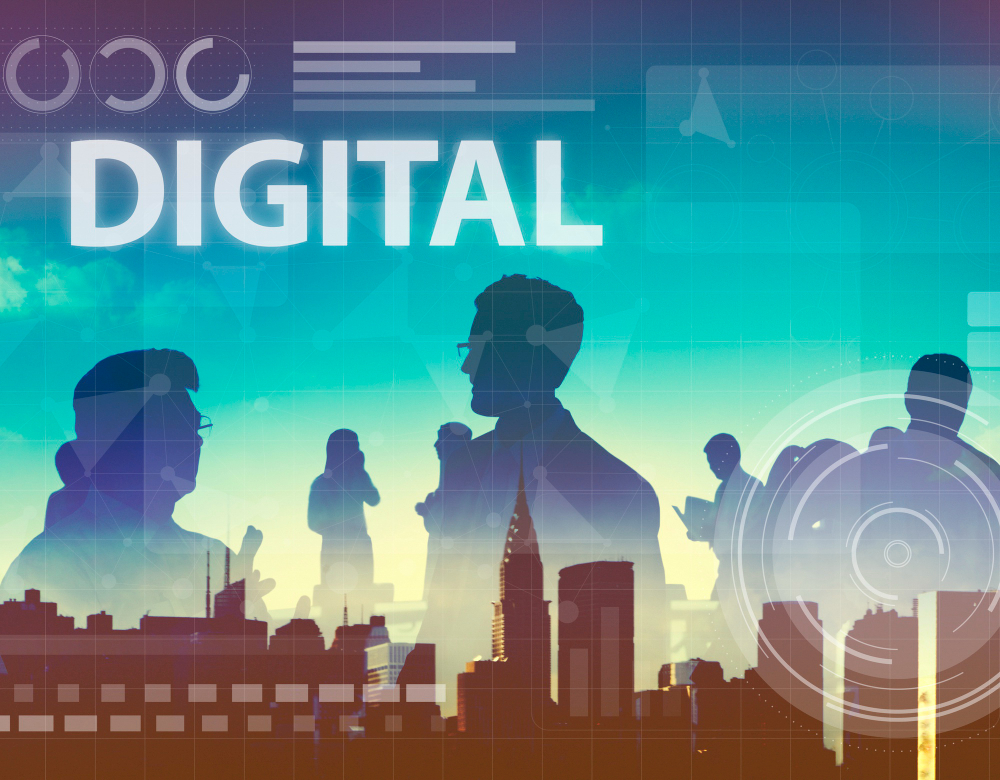Challenges For Education in The Digital Revolution Era
Changes have been significant in the various aspects of our society. Mainly, the digital revolution brought these changes. We can also see these changes in the education sector. It must keep up with the change stride. The transformation of conventional teaching style and learning is evident. As a result, there is an emergence of new challenges.
This digital revolution has changed how education is delivered. It has forced educators to restyle and modernize. Mainly, educators do this to meet learners’ continuously evolving needs. Therefore, we’ll cover these education challenges in this article. Moreover, we’ll discuss the possible ways to address them.

Diving into the unknown
Undoubtedly, there’s a limitless amount of new and untested technologies. These new technologies have the potential to convert the education industry. It’s because it can be essential to keep up with new technologies. However, the risk of plunging carelessly into an unfamiliar area is high.
These new technologies may be something worth considering. However, educational institutions need to be cautious. Particularly, it’s in embracing these new technologies. These advancements may not always be advisable. Educators must test these new teaching methods in actual classroom setups. It’s even before their implementation. This way, they can ensure they’re practical. They should be appropriate for learners.
The challenge
Mainly, the challenge for educators includes the constant development of teaching styles and tools. They need to unfasten and explore new technologies. Educators must be willing to experiment. They must use new and unfamiliar tools and platforms. Mainly, it’s to discover what can work best with their students. Moreover, educators must stay updated with the latest trends in learning. They must continuously advance, especially in technology.
Embracing the world of technology
Technology has indeed changed learning ways and means. Moreover, it has provided the means for students to access education from anywhere they are. And it’s with any school globally. However, technology is not always available to all students. As a result, inequalities in education can happen.
One solution to the challenge that educators face is to embrace technology. They must find ways to help students have access to technology. One way to do it is to provide students with tablets or even laptops. They can also offer online courses. Another way to do it is for them to create digital resources. These resources must be accessible from anywhere. It’s as long as there is an internet connection.
A mindset shift is a must
Educators indeed need to have a radical mindset shift. They must move away from conventional teaching ways. Educators must embrace integrated instruments and principles or programs as a means of teaching.
The hesitation of many educators to embrace new technologies comes from their subjective feeling on the matter. They feel it underestimates their natural teaching skills. However, they must face reality objectively. Technology has the capability of boosting and augmenting traditional ways of teaching. It creates a better engagement and synergistic learning experience for students.
Finding new benchmarks
The relevance of measuring academic success using traditional standards may not align anymore in the digital revolution era. Standardized tests and grades may not correctly reflect the student’s knowledge in a digital learning setting.
Therefore, teachers or educators must look for new ways to assess student success. They can use new benchmarks, such as digital portfolios or peer evaluations. These can provide a complete view of the student’s learning development.
Betting on the human
Ultimately, education is still basically about human interaction. It’s while technology has significantly changed our way of learning. We must realize that students still need educators’ guidance and support. And this cannot be entirely provided by technology.
Therefore, balancing the use of technology with human interaction is vital. And this should be addressed by educators. One way to do it is to use technology to enhance classroom discussions. Moreover, teachers can utilize online resources to complement in-person directives.
